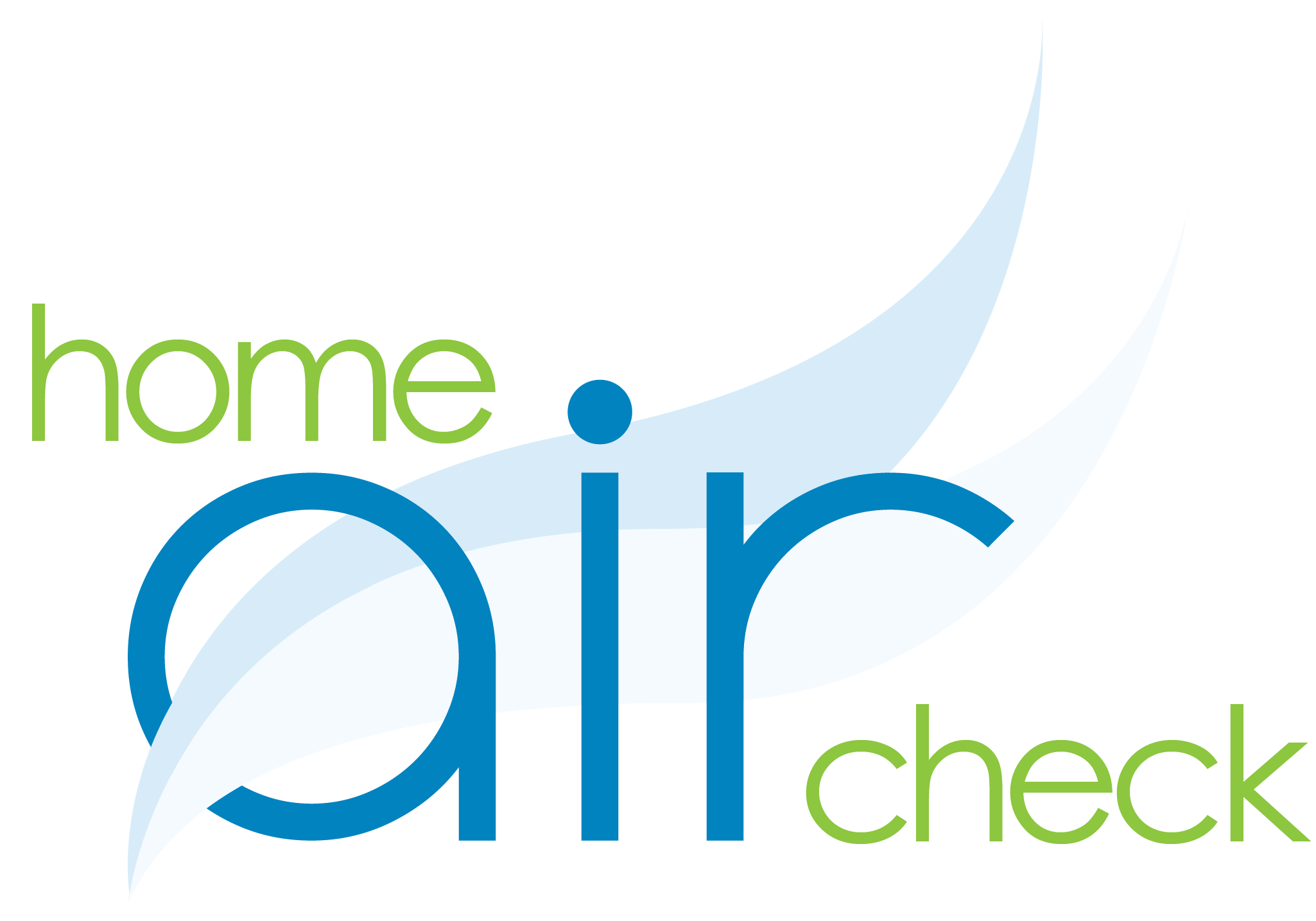As Indoor Air Quality Awareness Month wraps up, it’s the perfect time to reflect on everything we’ve learned about the air we breathe inside our homes. Over the past few weeks, we’ve uncovered what IAQ really means, how it affects your health, what’s actually floating around in your air, and most importantly: what you can do to make your indoor environment healthier. Let’s take a look back at what we covered each week and how you can take what you’ve learned and turn it into action to make sure the air inside your home is healthy. Remember, a healthy home is a happy home!
Week 1: What IAQ Is and Why It Matters
We kicked off the month by answering simple but important questions, what exactly is Indoor Air Quality and how does it affect you? IAQ refers to the cleanliness, freshness, and overall health of the air within your home or workplace. It’s shaped by a mix of factors, from the ventilation and humidity levels to the presence of pollutants like dust, allergens, and chemicals. Many people don’t realize that indoor air can actually be more polluted than outdoor air sometimes two to five times worse, according to the EPA. That’s because modern homes are built to be energy efficient and tightly sealed, which traps airborne contaminants inside. Over time, this buildup can lead to discomfort, odors, and even long-term health effects that can negatively affect your overall health and well-being. Understanding what IAQ is and its importance is the first step toward creating a healthier home environment.
Week 2: How Poor IAQ Affects Your Health
Next, we explored the connection between air quality and your well-being. Poor indoor air doesn’t just cause a few sneezes, it can affect everything from your sleep and energy levels to your respiratory and cardiovascular health. Short-term exposure to polluted indoor air might cause headaches, fatigue, dizziness, and irritation of the eyes, nose, and throat. For people with asthma, allergies, or other respiratory conditions, the impact can be much worse. Long-term exposure can even increase the risk of chronic illnesses, especially when harmful chemicals or biological pollutants are involved. Your body’s reactions to poor IAQ are its way of signaling that something’s off in your environment. Paying attention to those signs and addressing air quality issues early can go a long way toward improving your overall health and comfort.
Week 3: Common VOCs and Indoor Pollutants
By week three, we dove into the not-so-visible culprits: volatile organic compounds (VOCs) and other pollutants that linger indoors. VOCs are gases released by everyday household products. Think paints, cleaning supplies, air fresheners, new furniture, and even scented candles. While they’re common, they can also be surprisingly harmful, especially in enclosed spaces. Exposure to VOCs can cause headaches, allergic reactions, and respiratory irritation, while some have been linked to more serious health risks over time. And VOCs are only part of the picture. Dust, pet dander, mold spores, and combustion byproducts from cooking or smoking all add to the indoor pollution load.
Learning where these pollutants come from helps you spot and reduce them. For instance, switching to low-VOC or fragrance-free products, ensuring proper ventilation when cleaning or painting, and regularly maintaining your HVAC system are all simple ways to start cutting down on contaminants.
Week 4: Solutions – How to Clean Up Your Air
Finally, we rounded out IAQ Awareness Month with practical steps to fight back against dirty indoor air. Improving your IAQ doesn’t have to mean an expensive renovation. It can be small, consistent actions that make a big difference.
Start by increasing ventilation: open windows when weather allows, use exhaust fans in bathrooms and kitchens, and consider an air purifier with a HEPA filter to capture particles. Keeping your home clean through regular dusting and vacuuming with a HEPA-equipped vacuum also helps reduce allergens. Adding houseplants can give your space a natural boost, while maintaining humidity levels between 30–50% keeps mold at bay. Most importantly, if you’re unsure what’s polluting your air, you can test it. Using an indoor air testing kit like Home Air Check gives you real insight into what’s in your environment, from VOCs to hidden mold sources. If you are aware of what’s in your air you can take targeted action to make it better.
Take Control of What You Breathe
Indoor Air Quality Awareness Month may be ending, but your journey toward cleaner air doesn’t have to. The more you know about what’s in your air, the more empowered you are to make small, meaningful changes that protect your health and home. Whether it’s swapping out a few cleaning products, letting in more fresh air, or testing your space with Home Air Check, every step counts toward creating a cleaner, safer, and more comfortable environment.
Because when it comes to the air you breathe, awareness is just the beginning.


